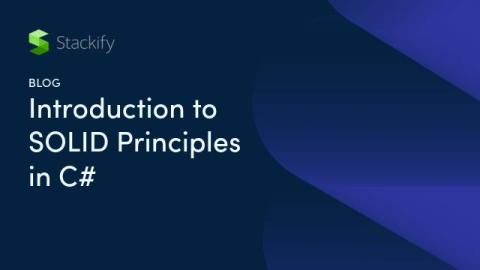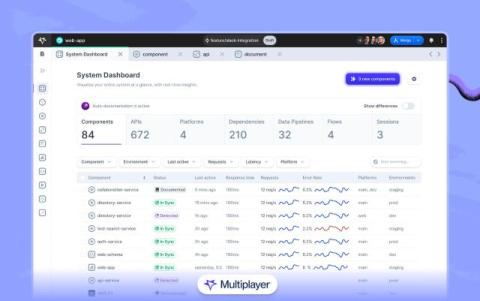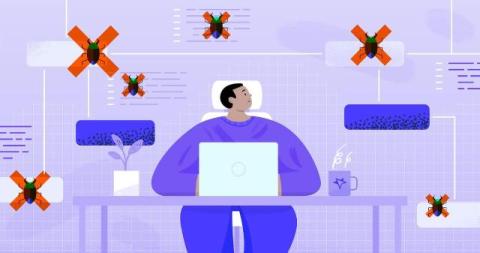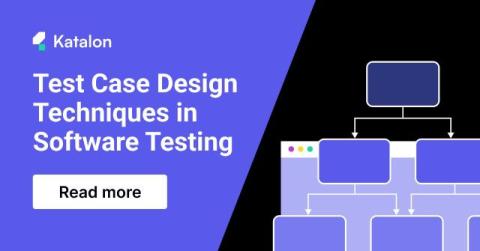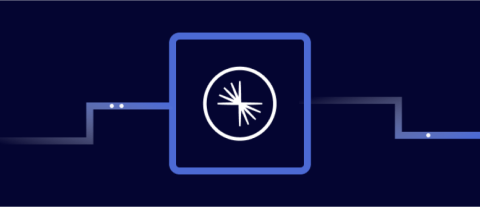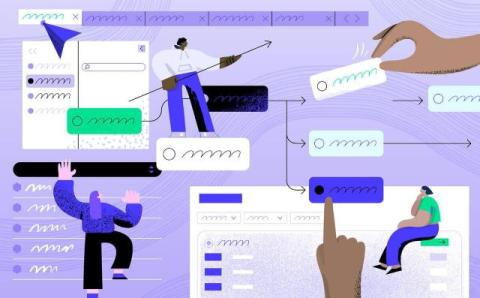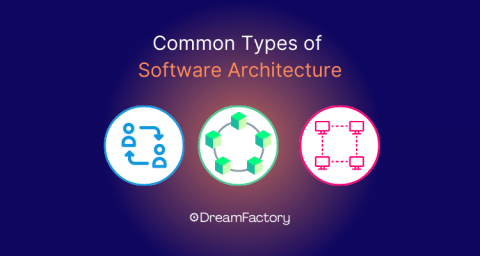Accelerate Test Design for smart and agile testing with Xray and YEST
Test design is at the heart of effective testing, a crucial process that can make or break your software quality. Why invest time and resources in managing, executing, maintaining, and automating test cases if they don't directly address business needs or mitigate production risks?



